The Poltergeist Experimental Group (PEG)
Applied Spirituality and
Physical Spirit Manifestation
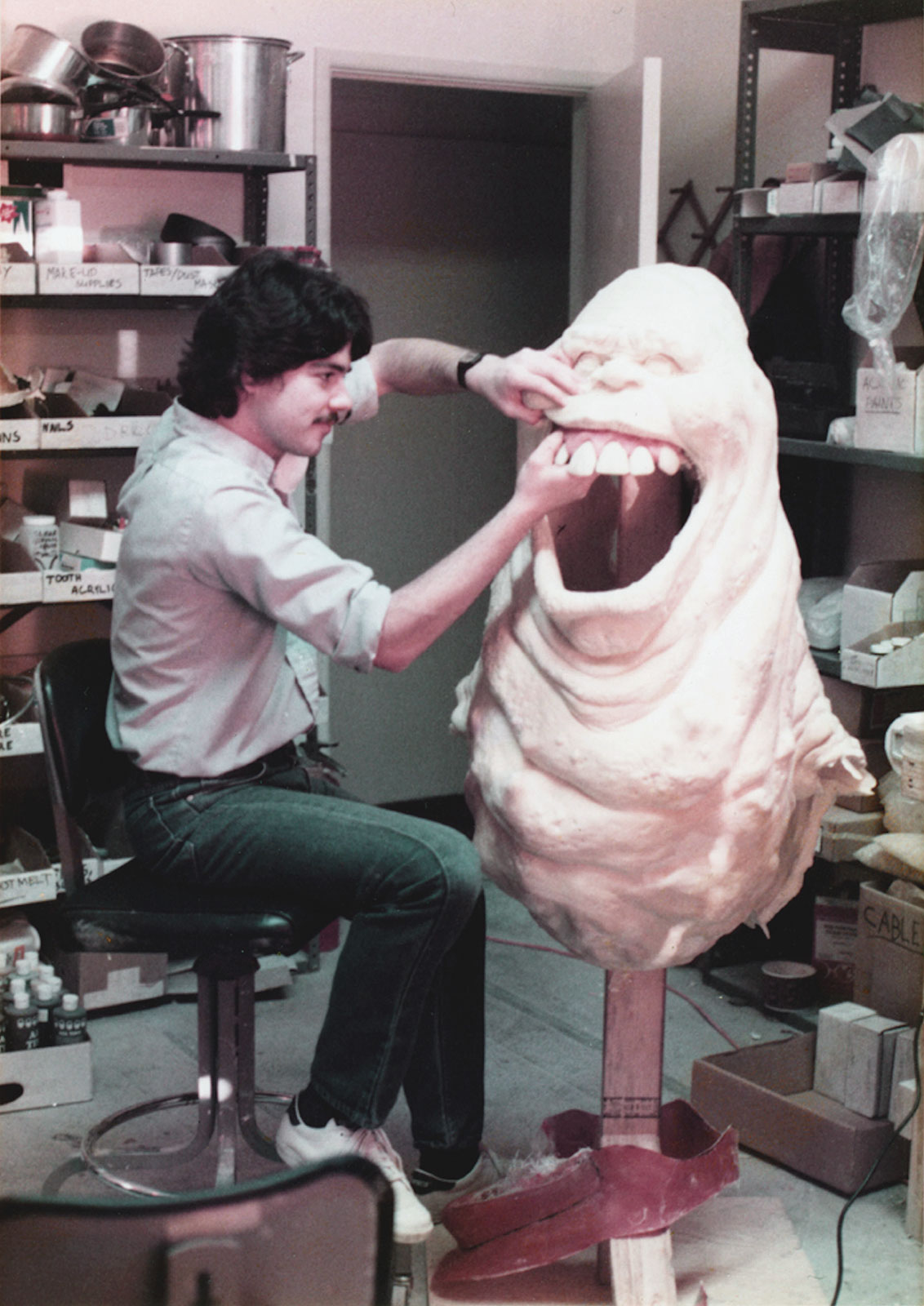
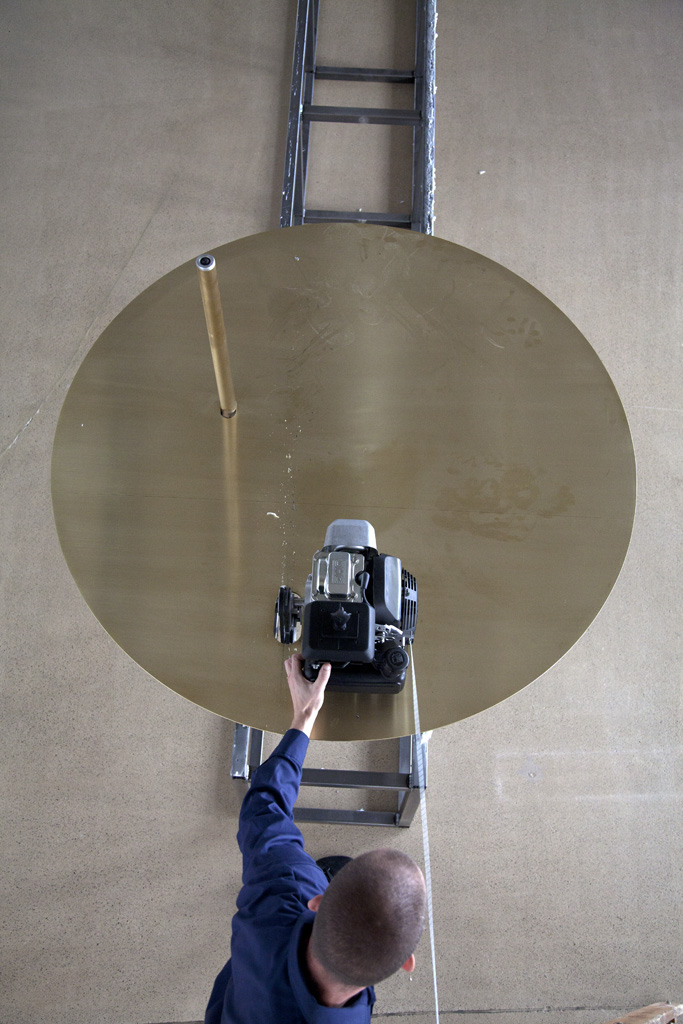


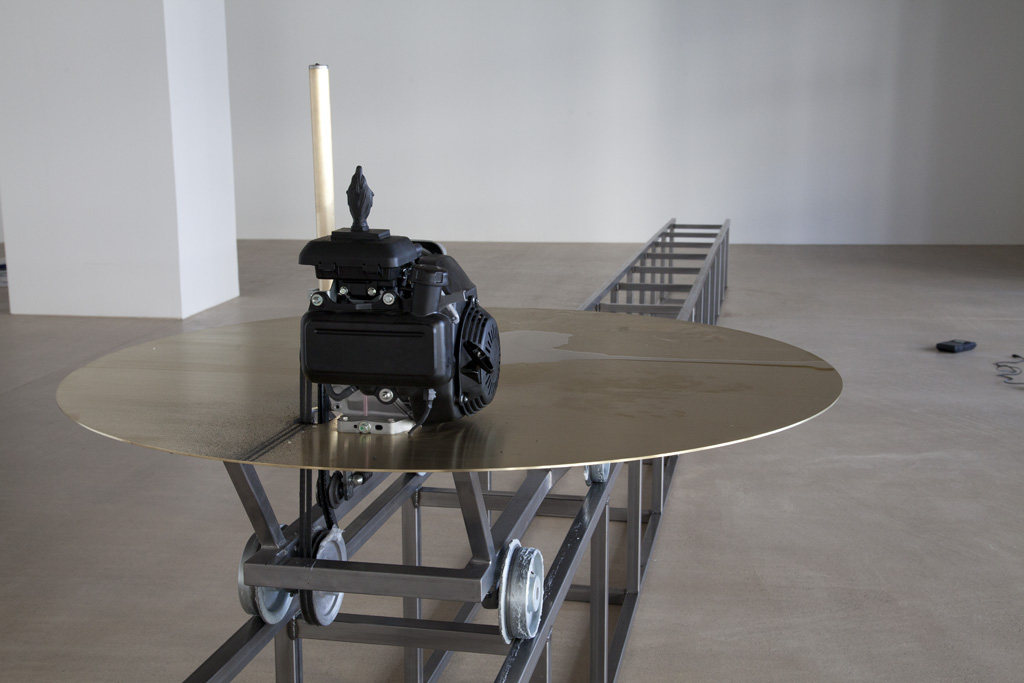
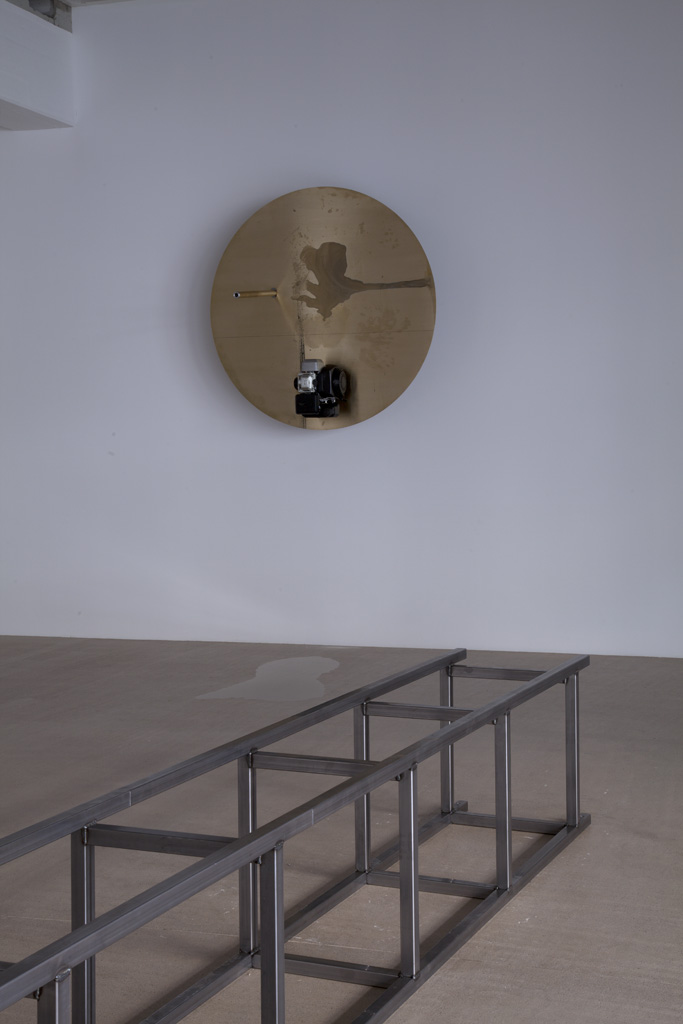


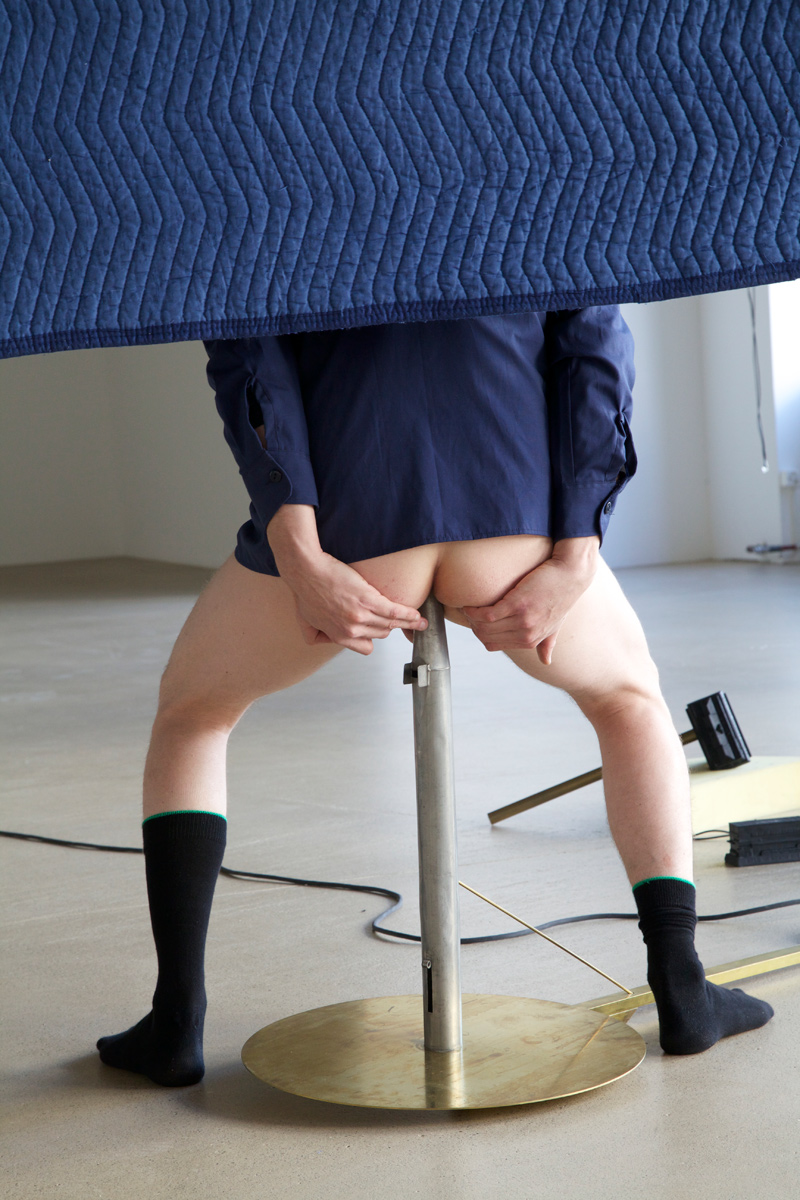
Crossmapping Germann —
A Foreword to the Work of Florian Germann
For the announcement of his cycle of works The Poltergeist Experimental Group (PEG) Applied Spirituality and Physical Spirit Manifestation, which he developed for his solo exhibition at the migros museum für gegenwartskunst, Florian Germann used a photograph of a man working on a piece of sculpture. As anyone socialized by today’s media immediately recognizes, sculpture is a model of the friendly green ectoplasm ghost from the movie Ghostbusters (1984). On the one hand, Germann is playing with a quotation from pop culture; on the other hand, he weaves a motif familiar from art history into the title of his cycle: the artist in his studio.
Yet Germann’s appropriation of a visual source not only points to the question of the artist’s role, it also opens up an intellectual space for the motif between the fields of culture, science and nature, and their apparent contradictions. The figure of the “ghost-maker” who, taking a hands-on approach, blends physical labor with scientific knowledge to venture into the “supernatural,” experimenting with it and finally making it his own creation, can be read as a poignant oxymoron, a figure that dissolves such apparent contradictions. Many artists of the twentieth century addressed the chasm between culture, science and nature, and sought to bridge it; see, for instance, Marcel Duchamp in the 1910s with the deliberations that led him to the Large Glass (La mariée mise à nu par ses célibataires, meme [Le grand verre], 1915–23), or Joseph Beuys in the 1970s with his multiple Rose for Direct Democracy (1973).